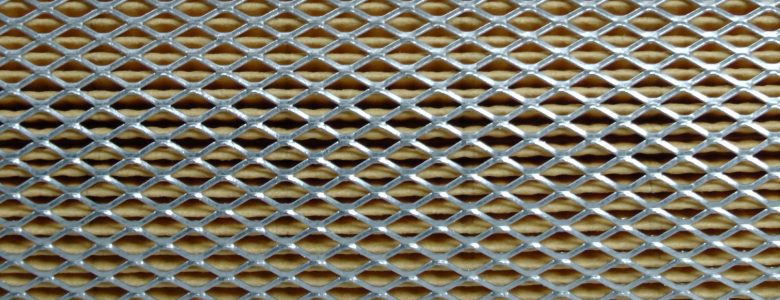What is HEPA: HEPA filter types and definitions
Did you know that all HEPA filters are not the same? Find out the difference between HEPA filters and what you need to breathe clean air at home.
What is HEPA?
High Efficiency Particulate Air (HEPA) filters have quickly become standards in the air purifying market. This is due in a large part to their efficiency, but the way these filters work also make them easy to maintain. Another bonus is that their means of filtration do not create chemical side effects like ozone, which sometimes triggers asthma and other lung reactions.
The standards for HEPA filters are regulated in the United States. In order to meet the standards set by the United States Department of Energy, filters classifying themselves at HEPA must remove 99.97% of particles in the air that are 0.3 microns or larger. These are sometimes advertised as “True HEPA” filters.
HEPA filters are held to specific standards, but their make up and use can vary. The fiberglass filters on these are randomly arranged, and vary in diameters. Their effectiveness can also vary slightly, based on how thick the filter is manufactured and how fast air is moved through the device using the HEPA filter.
Some filters used in air purifiers are marketed as being “HEPA-like” of “HEPA type” instead of defined as HEPA filters. These probably do not meet the 99.97% removal criteria, and while they can be effective at purifying air, it is important to note that they are not regulated in the same way. Such filters usually remove only 99% of particles and down to 2 microns in size.
How do HEPA filters work?
The HEPA filter catches anything above 0.3 microns. This includes particles as large as hair and smaller than pet dander. The method for this filtration is mechanical. Air has to be pushed through the filter in order for them to do their job.
HEPA filters themselves are designed to catch particles. They are not effective at cutting down odor, because this requires removing microscopic odor-causing molecules from the air. Thus they are best used as part of a larger filtration system.
A fan or vacuum mechanism is often paired with HEPA filtration systems trying to purposefully clean air. The filter itself catches particles in air moving or being pushed through it. This is accomplished using glass fibers that adhere to smaller pollutants, catching them and not allowing them to pass through the filter.
In the recommended HEPA filtration system, the air is also moved through a carbon reinforced filter which removes odors. Having a pre-filter on appliances using HEPA filtration helps it do its job by making sure larger particles do not clog the fine filter.
Using HEPA filters
HEPA is used in a variety of settings, from home to office. Because it effectively filters particles of a small size from the air, HEPA filters are sometimes used to protect medical providers from viruses and airborne bacteria. It can also be used in technology as mundane as vacuum cleaners and in-home air purifiers. There are other applications, such as air circulation systems for enclosed environments like airplanes. Anywhere people are in danger of breathing in irritants or are breathing air in an enclosed space is a good one to institute a HEPA filtration system. These filters are hardly the only ones on the market, but they are time-tested and popular for a reason.
Read our review of air purifiers to find the best True HEPA filter system for your home.

